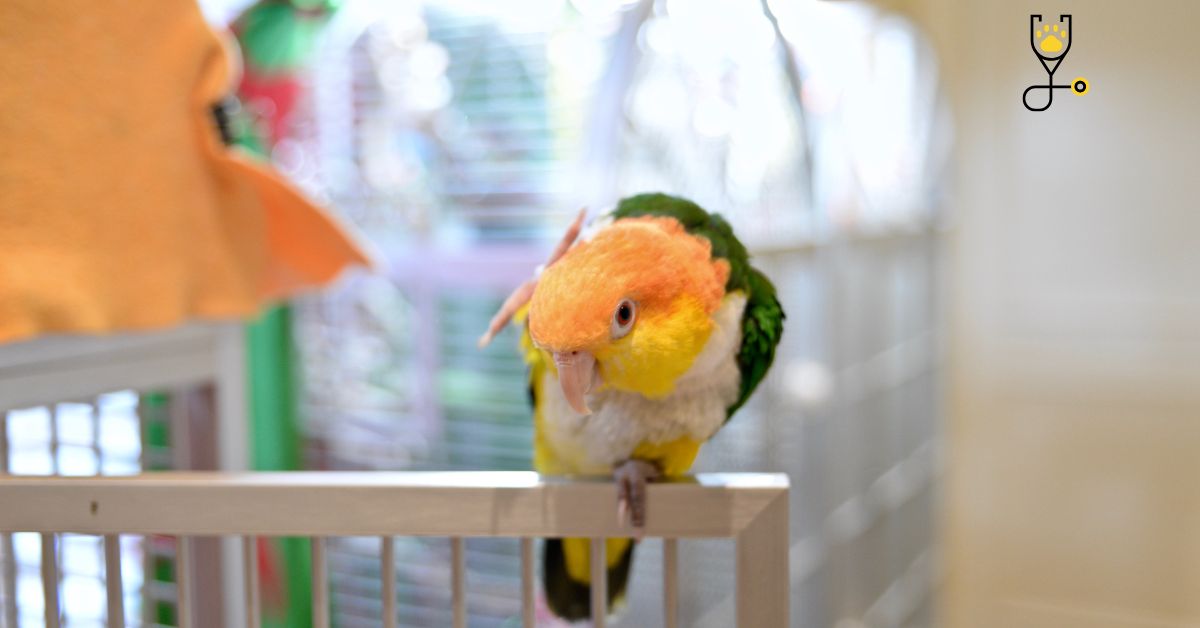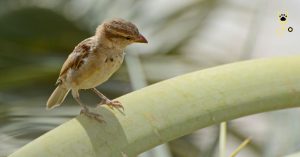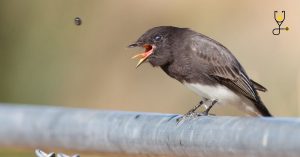Are you looking for a way to bond with your beloved bird? If so, why not try training your feathered friend to dance with you? It’s an enjoyable activity that will help strengthen the bond between you and your avian companion. Learning to train our birds can be daunting and overwhelming, especially if we’ve never done it before! But don’t worry; this blog post is here to provide 10 tips on how YOU can train YOUR bird to dance in no time – so sit back, relax, and get ready for some feline fun!
Why Train Your Bird to Dance?
Training your bird to dance is a great way to have fun with your feathered friend, and it’s an activity that can benefit both of you. Teaching your bird some simple dance moves will help keep them mentally stimulated and active, aiding in their physical and mental development. Additionally, you’ll be able to bond with your companion in a way that you can both enjoy.
Also learn: Amazing Tricks You Can Teach Your Pet Bird.
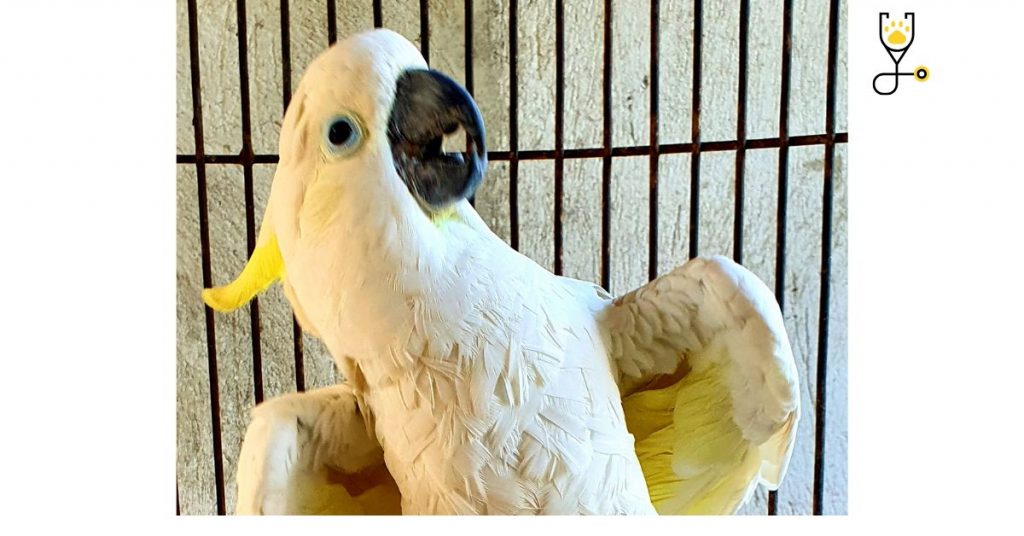
10 Tips to Train Your Bird to Dance
So you’re ready to start training your bird to dance? Great! Here are 10 tips to get you started:
1: Start With Simple Moves
When it comes to teaching your bird how to dance, it’s important to start small. Start by teaching them a few simple moves such as hopping on one foot, turning in circles, and flapping their wings. It may take some time for them to learn these moves but be patient – with positive reinforcement and encouragement, your furry friend will soon be busting out some of the hottest moves on the dance floor!
2: Keep It Short & Sweet
It’s important to keep your bird’s training sessions short and sweet. Birds have shorter attention spans than most animals, so it’s best to limit their dance lessons to around 10 minutes at a time.
3: Be Patient
When it comes to training any animal, patience is key. Don’t expect your bird to learn the moves overnight and don’t get frustrated if they don’t understand what you’re teaching them right away. Take it slow and give them time to process what you’re asking of them – with some positive reinforcement, they’ll soon be showing off their moves!
4: Use Positive Reinforcement
When teaching your bird to dance, it’s important to use positive reinforcement. Give them treats or praise when they do something correctly and encourage them when they make mistakes. This will help motivate them to keep trying and master the moves that you’re teaching them.
5: Put On Some Music
Music can be a great motivator for your bird when it comes to learning how to dance. Pick out some upbeat tunes that both you and your feathered friend will enjoy, then turn up the volume and get ready to bust a move!
6: Practice Makes Perfect
As with any skill, practice makes perfect. Make sure to set aside time to practice with your bird on a regular basis, so they can continue honing their dance skills.
7: Take Breaks
It’s important to give your bird breaks during training sessions. This will help them stay motivated and reduce stress levels. Every few minutes, take a little break and let them play around before getting back to the moves.
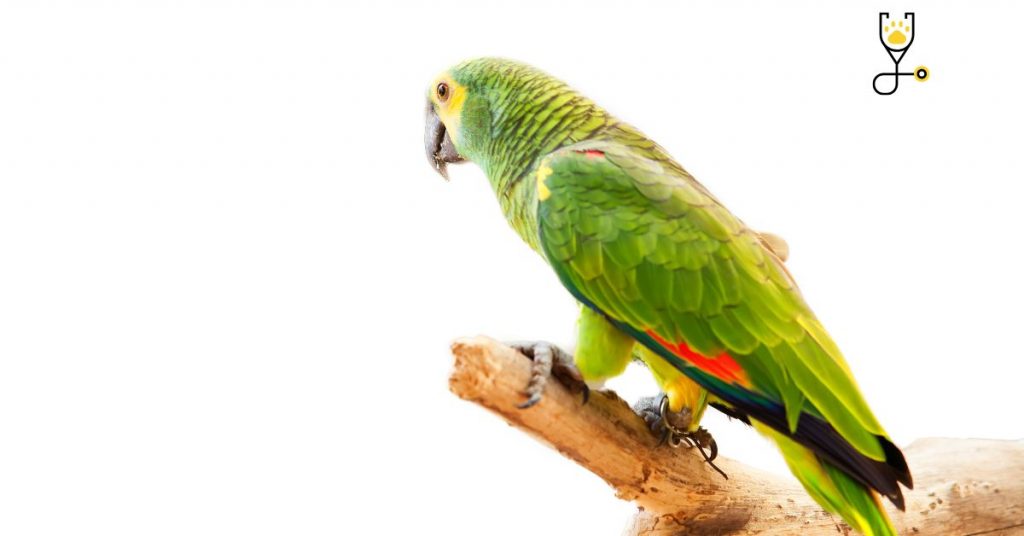
8: Safety First
Safety should always be your top priority when it comes to training your bird. Make sure the space you’re working in is safe and secure, without any sharp objects or other hazards that could injure your feathered friend.
9: Hire A Professional Trainer
If you find yourself struggling to train your bird, it may be beneficial to hire a professional trainer. They are skilled and experienced with training birds, so they can help make the process much easier.
10: Have Fun!
Above all else, remember that teaching your bird to dance should be an enjoyable experience for both of you. Have fun with it, and don’t be afraid to get creative – the sky’s the limit when it comes to what your bird can do! So there you have it – 10 tips on how to train your bird to dance. Now go out there and show off those moves! Who knows, maybe one day soon your feathered friend will be headlining at their very own dance recital! Remember, patience is key, and never give up. With a bit of practice, you and your buddy can be busting out some serious moves in no time.
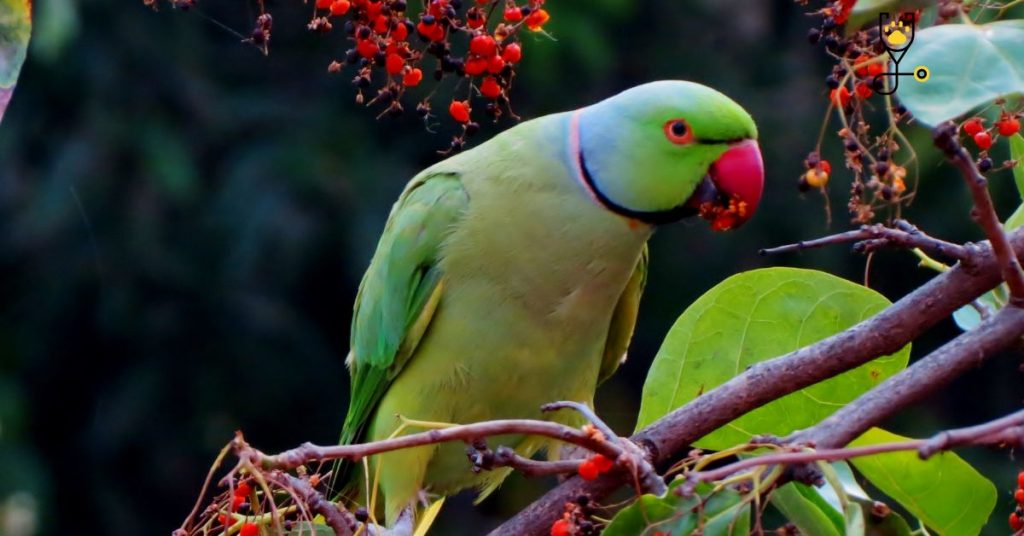
Conclusion
Training your bird to dance can be a rewarding experience for both of you. Not only is it a fun activity that can bring you closer together, but it can also benefit their physical and mental development. Just make sure to keep safety in mind, take things slow, and use positive reinforcement throughout the process. With some patience and dedication, your feathered friend will soon be showing off their masterful moves on the dance floor! Happy dancing! 🙂
Also Learn: How to Train Your Bird to Wave Hello
Frequently Asked Questions
Training sessions should generally be kept short and sweet – 10 minutes at a time is usually enough. However, if your bird is really enjoying it, you can extend the session by five or ten minutes.
Absolutely! Positive reinforcement like treats or verbal praise can go a long way in motivating your feathered friend during their training sessions. That being said, make sure not to give them too many treats – moderation is key!
Upbeat tunes are great for getting your bird in the mood to move. Anything from Latin music to classical, jazz, or pop can be a great choice. Just make sure it’s something that both you and your feathered friend will enjoy!
Yes! You can definitely teach your bird multiple dance moves. Start with the basics, then gradually add in more challenging steps as they become more proficient at the simpler ones. With enough practice, your feathered friend may even become a master dancer!
It’s important to take things slow when teaching your bird to dance – don’t expect them to pick up all the moves right away. If your bird seems to be getting frustrated or bored, take a break and let them rest before continuing. You can also try switching up the music to keep things interesting.
Ultimately, training your bird to dance should be a fun and rewarding experience for both of you. With patience and dedication, you can create a special bond with your feathered friend that will last for years to come!
Good Luck!
Happy Dancing! 🙂

